
Author: Dr Cathal de Paor
Mary Immaculate College, Limerick – looking forward to Recap 4.0
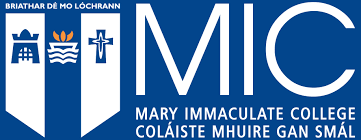 Mary Immaculate College is a publicly-funded higher education institution, academically linked to the University of Limerick, and providing a wide range of programmes in Education and the Liberal Arts from bachelor to doctoral level. There are currently over 5, 000 registered students. The college has two campuses in Limerick and Thurles. The preparation of education professionals account for a major part of the work of the Faculty of Education in particular, i.e., those professionals working as teachers and practitioners in the early childhood sector, primary, post-primary, further/adult education, and higher education.
Mary Immaculate College is a publicly-funded higher education institution, academically linked to the University of Limerick, and providing a wide range of programmes in Education and the Liberal Arts from bachelor to doctoral level. There are currently over 5, 000 registered students. The college has two campuses in Limerick and Thurles. The preparation of education professionals account for a major part of the work of the Faculty of Education in particular, i.e., those professionals working as teachers and practitioners in the early childhood sector, primary, post-primary, further/adult education, and higher education.
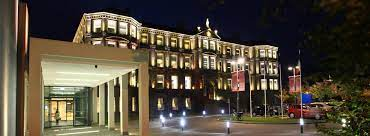 MIC undertakes research and other initiatives in Education together with the University of Limerick (UL) and Limerick Institute of Technology (LIT), in the National Institute for Studies in Education (NISE). NISE builds on well-established regional collaboration since 2006 between these three higher education institutions in the mid-western area having a commitment to develop an internationally significant centre of educational studies in Limerick given: (i) the three HEIs’ proximity, (ii) their endorsement of benefits for the region and each HEI through enhanced collaboration and (iii) the scale of education studies in Limerick within both a regional context (i.e. in 2019 approximately 26% of all students in UL and MIC are registered in education) and national context (i.e. in 2019 with approx. 5,800+ students across UL, MIC and LIT it is now the largest ‘centre of excellence’ and provision nationally for educational studies).
MIC undertakes research and other initiatives in Education together with the University of Limerick (UL) and Limerick Institute of Technology (LIT), in the National Institute for Studies in Education (NISE). NISE builds on well-established regional collaboration since 2006 between these three higher education institutions in the mid-western area having a commitment to develop an internationally significant centre of educational studies in Limerick given: (i) the three HEIs’ proximity, (ii) their endorsement of benefits for the region and each HEI through enhanced collaboration and (iii) the scale of education studies in Limerick within both a regional context (i.e. in 2019 approximately 26% of all students in UL and MIC are registered in education) and national context (i.e. in 2019 with approx. 5,800+ students across UL, MIC and LIT it is now the largest ‘centre of excellence’ and provision nationally for educational studies).
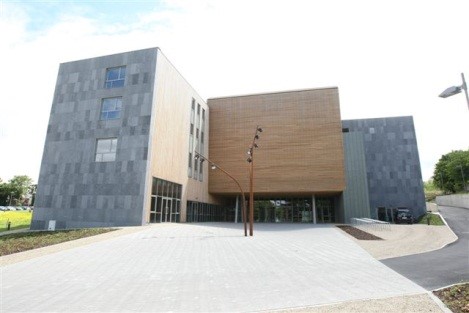 Apart from NISE activities, MIC has its own designated centre devoted to enhancing the quality of teaching and learning in higher education, including the integration of innovative teaching and learning methods using technology. Known as the Learning Enhancement and Academic Development Centre (LEAD), it provides leadership in academic practice and development to ensure the highest quality of student learning in support of the MIC Strategic Plan. The Faculty of Education in MIC also collaborates with other higher education institutions in Ireland in the area of Education. For example, MIC is a founding member of the network of HEIs providing teaching qualifications for the further education (FE), i.e., post-secondary non-higher in Ireland. The Teaching Council is a regular contributor to the work of this network.
Apart from NISE activities, MIC has its own designated centre devoted to enhancing the quality of teaching and learning in higher education, including the integration of innovative teaching and learning methods using technology. Known as the Learning Enhancement and Academic Development Centre (LEAD), it provides leadership in academic practice and development to ensure the highest quality of student learning in support of the MIC Strategic Plan. The Faculty of Education in MIC also collaborates with other higher education institutions in Ireland in the area of Education. For example, MIC is a founding member of the network of HEIs providing teaching qualifications for the further education (FE), i.e., post-secondary non-higher in Ireland. The Teaching Council is a regular contributor to the work of this network.
This provides the context for participation by MIC in Recap 4.0 for which MIC will draw on its experience in teacher education for the further and higher education. As noted by Prof. Michael Healy, Vice President Research MIC at the time of the launch in MIC, this is a first opportunity for MIC to participate in the capacity-building strand of Erasmus+ and one of special interest as a result. Dean of Education, Prof. Emer Ring welcomed an exciting opportunity for the Faculty of Education to work with project leader, Dr Pisut Koomsap (AIT) and the project team on issues of common interest in teaching and learning. As part of its contribution, MIC has begun preparations for developing various professional development courses on innovative teaching methods and active learning.
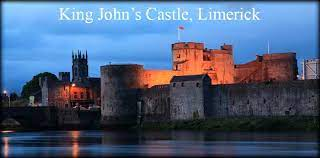 MIC has its main campus in the city of Limerick, the third largest city (and fourth largest on the island) in Ireland having a population of about 100, 000. The city lies on the River Shannon, with the historic core of the city located on King’s Island, which is bounded by the Shannon and Abbey Rivers. Limerick is also located at the head of the Shannon Estuary, where the river widens before it flows into the Atlantic Ocean.
MIC has its main campus in the city of Limerick, the third largest city (and fourth largest on the island) in Ireland having a population of about 100, 000. The city lies on the River Shannon, with the historic core of the city located on King’s Island, which is bounded by the Shannon and Abbey Rivers. Limerick is also located at the head of the Shannon Estuary, where the river widens before it flows into the Atlantic Ocean.
Limerick City is almost 1,100 years old. It has been a Viking settlement, a medieval walled town, a Georgian city and is now a modern, vibrant metropolitan area with a rich and historic hinterland. Having been founded by the Vikings from Scandinavia around 922 AD, who were great traders, Limerick developed contacts with other Viking towns all over Europe.
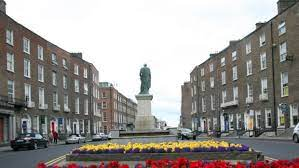
The Normans captured Limerick in 1195 and also left their stamp on the city, principally, King John’s Castle, the walls of Limerick and the local government system they founded, all of which survive to this day.
Limerick gives its name to “The limerick” a popular five line humorous poem, thought to be derived from the 18th century, Maigue Poets of Croom, Co. Limerick.
Dr Cathal de Paor
